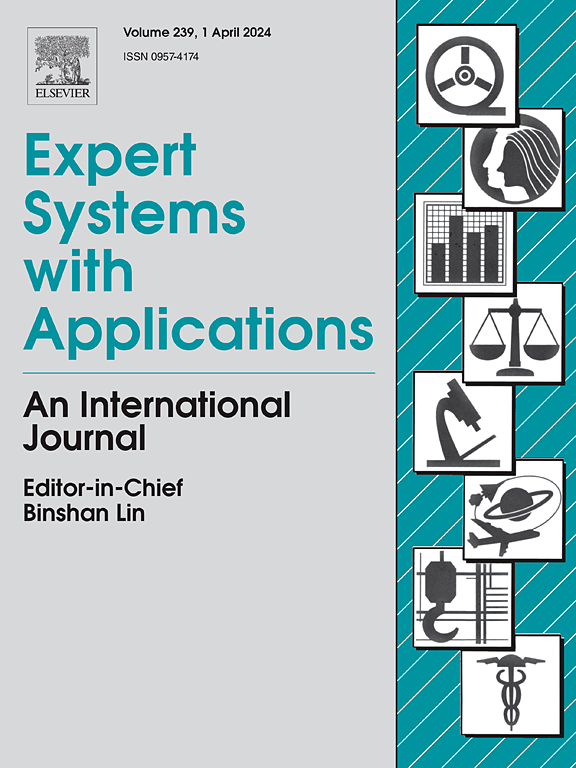An intelligent design methodology for multi-stage loading paths of variable parameters during large-scale electric upsetting process
IF 7.5
1区 计算机科学
Q1 COMPUTER SCIENCE, ARTIFICIAL INTELLIGENCE
引用次数: 0
Abstract
It is a great challenge to design the multi-stage loading path of variable parameters to obtain the component with smooth shape and fine-grained microstructures during the electric upsetting process of large-scale valves. To achieve this, an intelligent design methodology was developed and applied in an electric upsetting process of Ni80A alloy. The methodology integrates backpropagation neural network (BP neural network), case-based reasoning (CBR), and parameter self-feedback adjustment coupling with finite element (FE). Firstly, a BP neural network model was developed based on the basic database to predict the initial processing parameters of components (upsetting force, current, and pre-heating time). Secondly, utilizing the CBR method, the suitable design schemes were identified by retrieving similar components, and then the multi-stages loading paths for upsetting force and current were devised. Thirdly, a subroutine of self-feedback adjustment to fine-tune the loading paths was developed and implanted into the multi-field and multi-scale coupling FE model. Finally, the optimal loading paths was obtained using the FE model until the deformed component meets the requirements of shape and grain size. The results indicated that the surface contour of component was smoother and without macroscopic defects under the optimal loading paths, with the maximum grain size refined to 103.9 μm. To further improve the automation level of the parameters design process, an expert system was developed based on the designed methodology. This work contributes to the intelligent design of processing parameters for the electric upsetting process, which provides a design framework of processing parameter in other manufacturing technologies.
求助全文
约1分钟内获得全文
求助全文
来源期刊

Expert Systems with Applications
工程技术-工程:电子与电气
CiteScore
13.80
自引率
10.60%
发文量
2045
审稿时长
8.7 months
期刊介绍:
Expert Systems With Applications is an international journal dedicated to the exchange of information on expert and intelligent systems used globally in industry, government, and universities. The journal emphasizes original papers covering the design, development, testing, implementation, and management of these systems, offering practical guidelines. It spans various sectors such as finance, engineering, marketing, law, project management, information management, medicine, and more. The journal also welcomes papers on multi-agent systems, knowledge management, neural networks, knowledge discovery, data mining, and other related areas, excluding applications to military/defense systems.
 求助内容:
求助内容: 应助结果提醒方式:
应助结果提醒方式:


